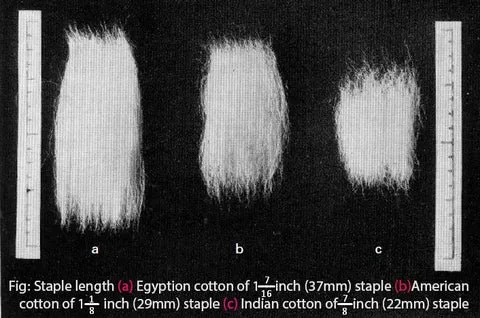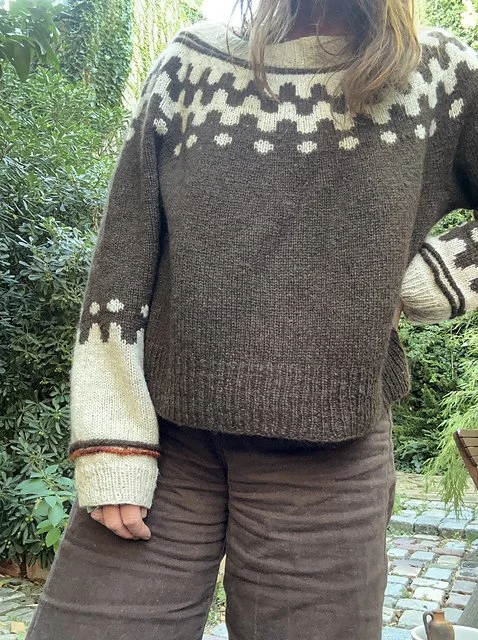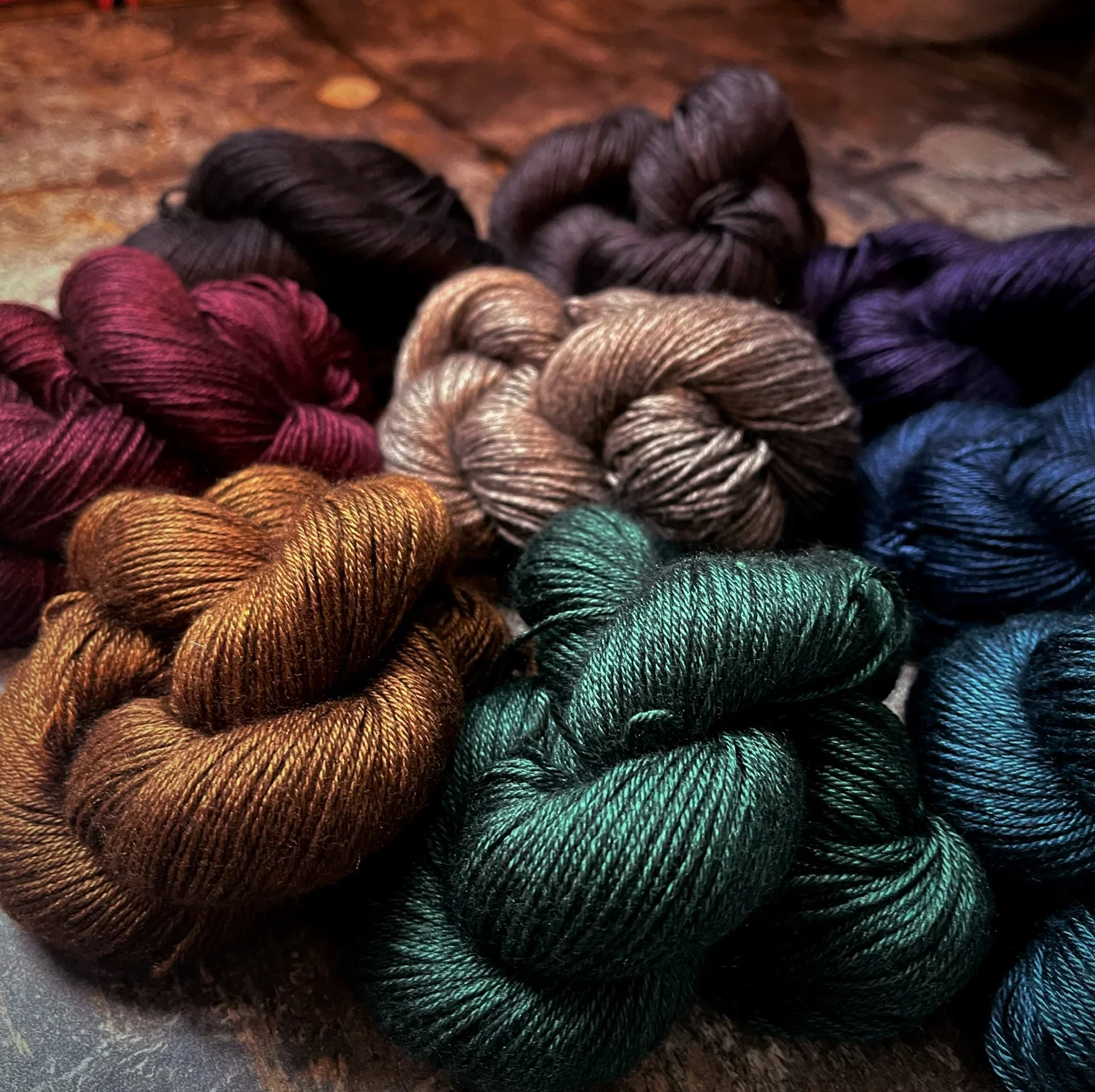Let’s Talk About Yak.
When I first started knitting, yak was the first fiber I came across that wasn’t wool - and it was the first fiber I fell in love with.
Before I even learned about the softness (almost as soft as cashmere!), warmth (warmer than wool!), or any of its other magical properties, I was captivated by the way that yak down takes dye. The warm, rich natural color of yak down makes it a perfect match for jewel tones - like these from Tribe Yarns in Scotland.
Sometimes called “yak down” but more accurately referred to as khullu, the fibers used in yarn come from the soft undercoat of the yak that begins to grow in the fall, keeps the yak toasty and warm during the winter, and sheds in the spring. Yak tend to come from the Tibetan Plateau and Mongolia, where winters can see temperatures as low as -40 degrees Fahrenheit, so you can trust that this is a warm-ass fiber.
If you’re knitting with yak yarn, it’s good to remember that yak fiber is 30% warmer than sheep wool, about as soft as cashmere, and has more elasticity than silk but not as much as non-superwash wool. It truly is a Goldilocks-perfect fiber for the right project… and if purchased from the right place.
All yak yarn is NOT created equal.
Is yak yarn sustainable? Is it ethical?
Yak fiber is one of the most sustainable animal fibers out there - and one that is harvested without negative impact to the animal. Yak aren’t raised in captivity - despite having been an integral part of Mongolian textiles for thousands of years, no one’s figured out how to pen them in.
There’s also no shearing: the window for harvesting yak khullu is very narrow, and it involves simply gently prying or combing the loosening fiber out of the yak’s coat. With baby yaks (yeko), the khullu may even come out as one long piece!
Because yak have short tongues, they don’t rip the plants they graze on out of the ground (unlike native sheep in the area), and they live very much in harmony with their surroundings.
The only downside of this environmentally-friendly and ecologically harmonious lifecycle is that yak don’t actually produce a lot of kullu in comparison to sheep or goats producing wool: a yak might produce between 300 and 700 grams of khullu a year - enough for a sweater or two at most.
But that’s great news for you - like I said in my video all about yak yarn: if you’re ever feeling bad about your productivity, just remember that one yak gets a sweater quantity of yarn every year. Not to brag, but I can get that in a few minutes at the right yarn store!!
What should I make with yak yarn?
See, the biggest downside of yak fiber is that it has a short staple length. I could go into exhaustive autistic-person-with-a-special-interest-in-textiles level of detail about what that means, but the important thing for you to know is that the shorter the staple length of the fiber, the higher likelihood of pilling.
(If you want to go down a rabbit hole about staple lengths, as I always say: nobody does it like Michael Kristy at The Iron Snail.)
Longer staples mean sturdier, longer-lasting fabric. If you’ve ever wondered why Uniqlo or Marks & Spencer can sell a cashmere sweater for less than half the cost of a luxury brand… Yes, part of it is the brand name, but a large part is the quality of the fiber used to MAKE the sweater. It’s also why some cashmere yarns cost more (and last longer) than others.
Most of the finest yak khullu goes towards luxury clothing brands, so making sure that the yak you’re purchasing is both high quality and ethically sourced is of utmost importance.
source: norlha.com
It really depends on the other fibers blended with the khullu fiber in your yak yarn. Yak fiber by itself is soft but lacks halo, and has a good balance of elasticity and drape. It’s similar to camel in that regard.
If you have something like Yak In The Buff by Tribe Yarns, you can use it for anything that calls for Plötulopi, which is a traditional Icelandic roving/unspun yarn that is very rustic (read: scratchy), but great for warmth and colorwork and lasts forever. The great thing about YITB in particular is that it’s as toothy as Plötulopi, but it’s SUBSTANTIALLY softer and probably much more skin-safe for people with sensitive skin! Not to mention, it’s warmer than Plötulopi and incredibly lightweight - the woman on the left said her YITB jumper weighs less than 200g!
Yak silk (50% yak, 50% silk) is one of the most popular yak yarn fiber blends, which makes sense - yak yarn has beautiful drape, and the base color of the khullu fiber leads to rich, moody colors. Yak silk is a great warmer alternative for anything that calls for silk, and may provide more “memory” and structure than superwash merino/silk blends.
Yak silk is mostly seen in fingering weight, but will often be included in a superwash merino/cashmere/silk blend at DK and worsted weights. Again, expect it to have a little more structure than pure superwash or silk, but it will still grow more than pure non-superwash wool.
I truly love knitting with yak fiber - I don’t do cables, so the stitch definition for basic lace or stockinette is just fine for me, and I love all the drape it provides without much weight. I think yak khullu is a truly unique fiber, and I really encourage you to give it a try!



